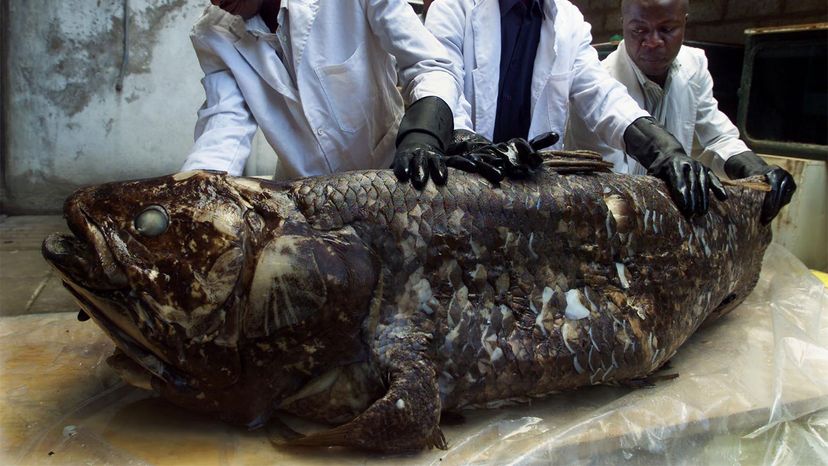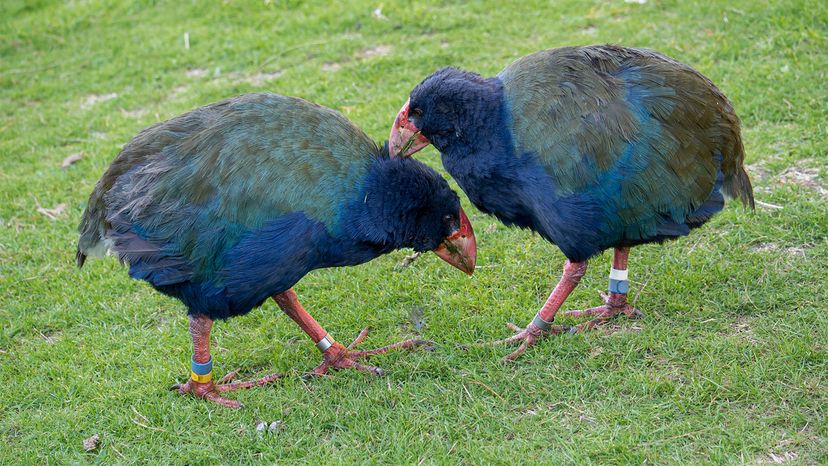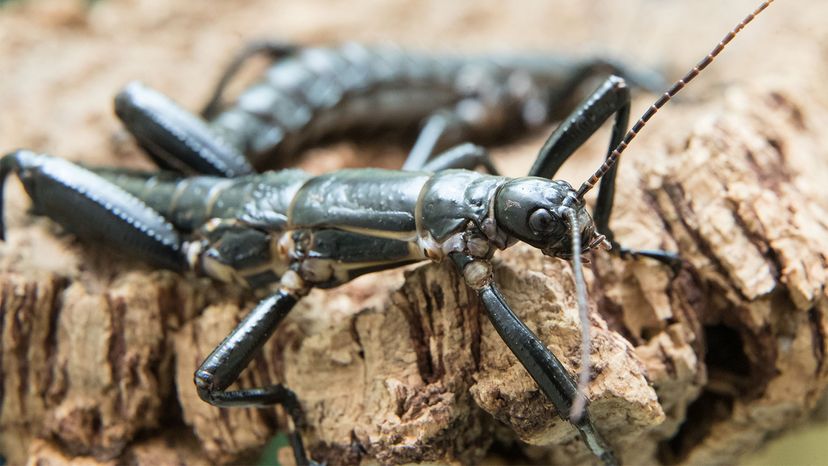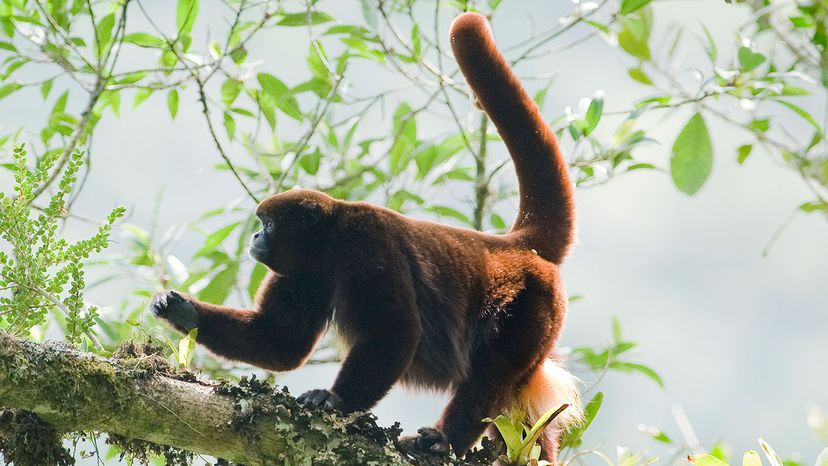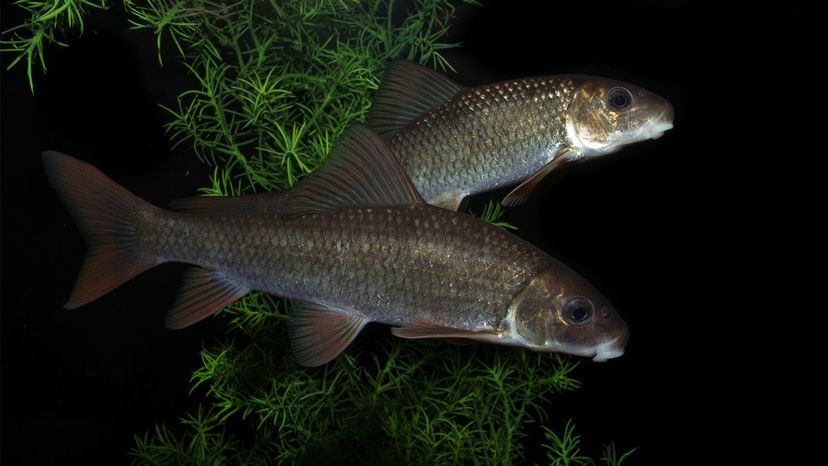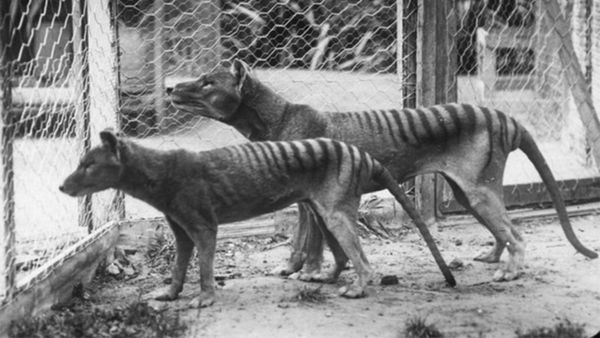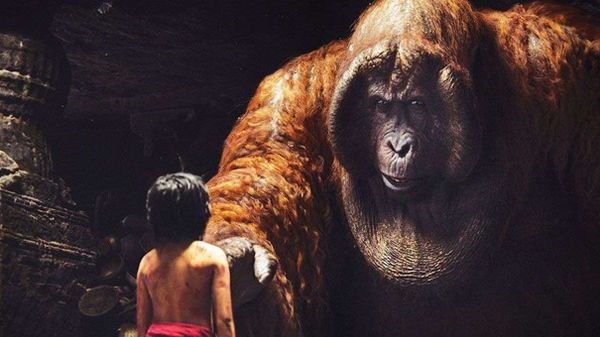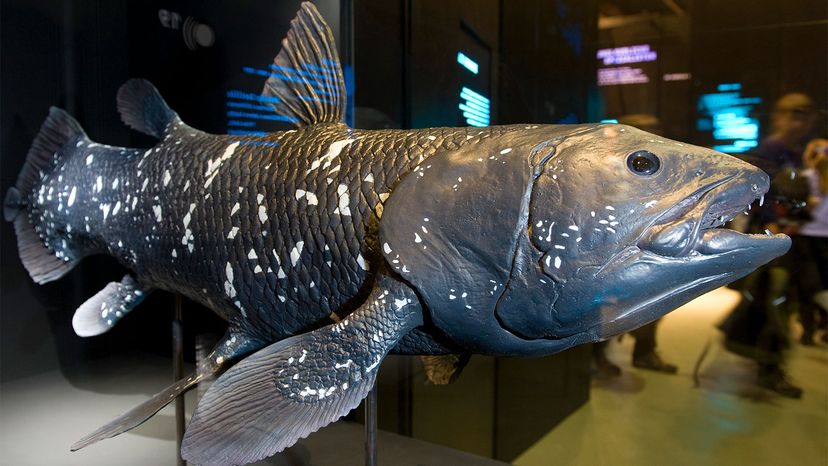
We are currently experiencing what some consider to be the Earth's sixth major extinction event. It's happening fast, and humanity is pretty understaffed when it comes to cataloging the species that seem to be going extinct every year — but scientists think it's probably happening hundreds, if not thousands, of times faster than it did before humans started helping the whole process along.
"Around a third of all assessed species are at risk of extinction, and the majority of extinctions are caused by the impact of humans on the planet such as global warming, pollution and exploitation," says Louise Gentle, senior lecturer in wildlife conservation in the School of Animal, Rural and Environmental Sciences at Nottingham Trent University in Nottingham, England, by email.
Advertisement
